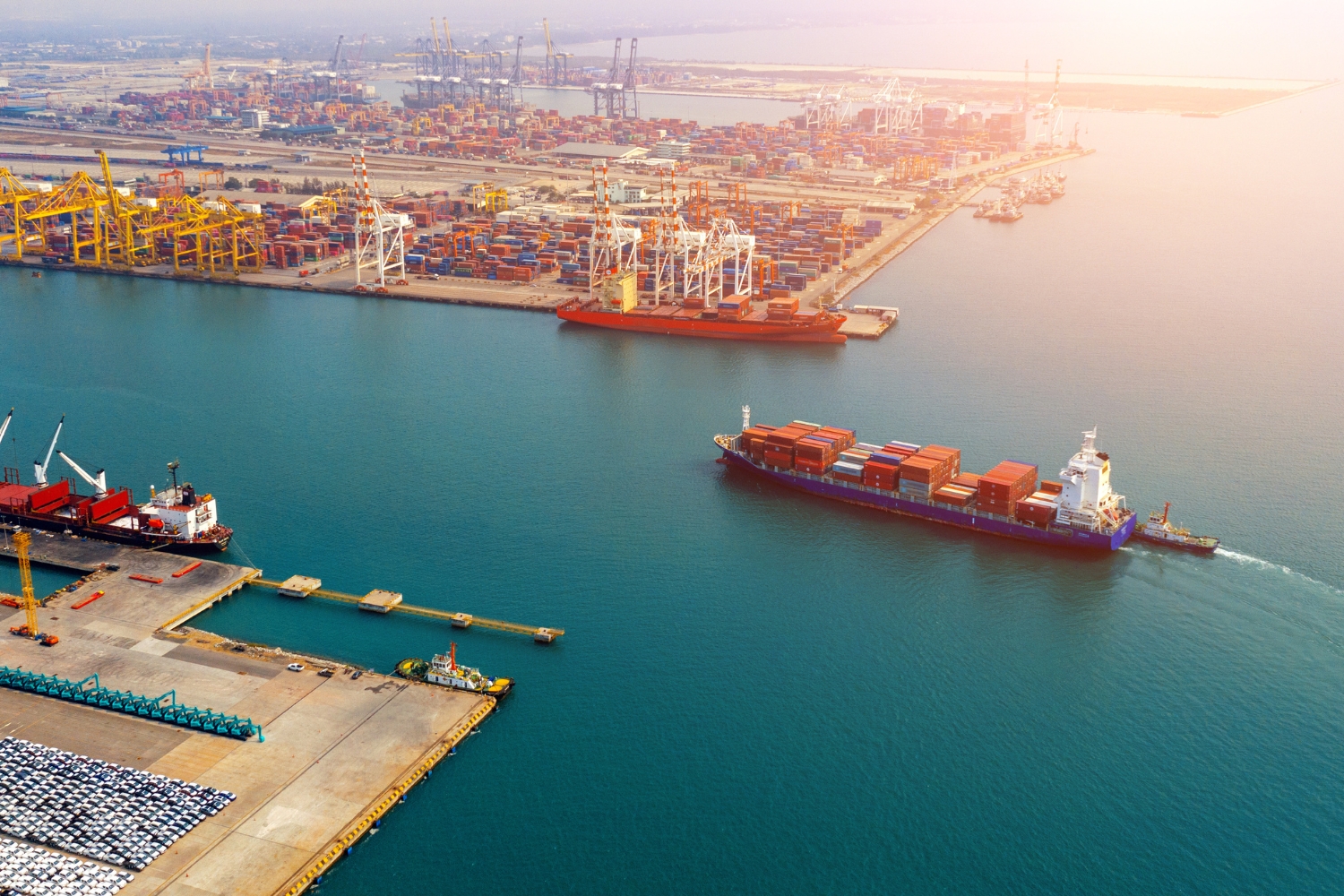Various nations possess distinct regulations governing the types of articles that are admissible for shipment and the associated tariffs or levies. Acquiring knowledge of these provisions is essential to guarantee a seamless delivery process. Moreover, it is prudent to factor in the geographical length of the package’s journey to proactively prepare for any possible bottlenecks arising from customs clearances or other unforeseen challenges that might surface en route.
Planning For A Smooth Delivery: What You Need To Know About US Shipping Regulations
With regards to shipping to the US, there are a number of regulations that must be taken into consideration. The first step is understanding what these regulations are and how they affect your shipment’s journey. You can call or visit https://www.dhl.com/discover/en-au/shipping-guide.
It is important to understand the various types of customs clearance required for shipments entering the US, as well as the documents needed for entry. Depending on where your shipment originates, you may need additional permits or certifications prior to departure from its port of origin. Additionally, some commodities require special handling and/or labeling when shipped from certain countries or regions; all of these things should be considered before embarking on any international delivery process.
Another major factor when planning an overseas shipment is determining which type of transportation best meets your needs – airfreight or ocean freight. While both have their advantages and disadvantages (in terms of cost and transit time), careful consideration needs to be given based on your specific requirements in order to ensure a successful delivery experience with minimal disruption along the way.
Knowing exactly what will be involved in getting your goods safely through customs can help make sure everything goes smoothly once they arrive in the US – no matter if by air or sea – so plan ahead! From properly preparing paperwork beforehand through selecting appropriate carriers for transport afterward, taking care of all necessary details now can pay dividends later down the line when mapping out that route from port to door for successful deliveries every time.
Taking The Mystery Out Of International Shipping: Tips For Avoiding Delays And Unexpected Costs
Knowing what to expect when sending goods across borders is essential for avoiding delays and unexpected costs.
You have to research your destination country’s regulations regarding shipping packages overseas. Various nations possess distinct regulations governing the types of articles that are admissible for shipment and the associated tariffs or levies. Acquiring knowledge of these provisions is essential to guarantee a seamless delivery process. Moreover, it is prudent to factor in the geographical length of the package’s journey to proactively prepare for any possible bottlenecks arising from customs clearances or other unforeseen challenges that might surface en route.
Choose an appropriate shipping method based on budget and urgency of delivery time required. There are several options available, from standard air freight services all the way up to express shipments which guarantee quicker transit times but come at a higher cost. Consider also if insurance is necessary; some carriers offer additional coverage in case something goes wrong during transit, so it’s worth looking into before making a final decision on which service provider best suits your needs.
Finally, once everything has been set up correctly, your package should arrive safely at its intended destination within a reasonable amount of time – providing peace of mind knowing that all parties involved have done their part correctly. With just a little bit of preparation beforehand, you can rest assured that there won’t be any unwelcome surprises waiting when you open up those boxes upon arrival.
